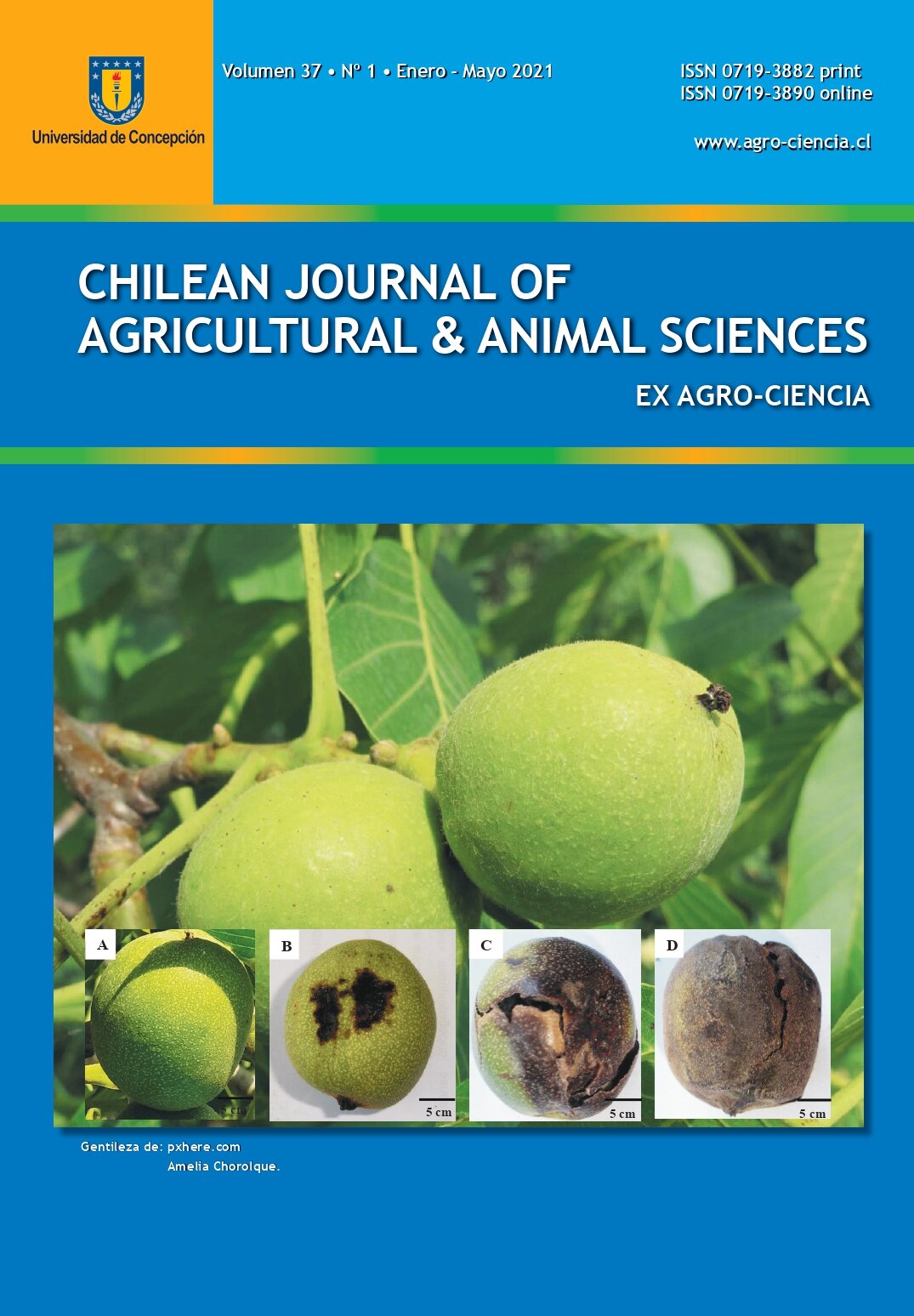IN VITRO FERMENTATION AND GAS PRODUCTION OF OILSEED PRESS CAKE
Simone Vieira Alves1, Aderbal Marcos de Azevedo Silva1, Leilson Rocha Bezerra2*, Heloisa Carneiro3, Fabíola Franklin de Medeiros1, José Morais Pereira Filho1, Milena Nunes Moreira1, Ronaldo Lopes Oliveira4
ABSTRACT
The utilization of byproducts from biodiesel production is an alternative for animal feed that allows for an increased nutritional value of the diet at a low cost and reduce green house gases (GHG). The objective of this study was to evaluate the production of volatile fatty acids (VFAs) and gases of biodiesel production byproducts in replacement of elephant grass. We used elephant grass (Pennisetum purpureum) and the following byproducts: soybean meal [SBC, Family Fabaceae (alt. Leguminosae; Glycine max)], canola cake (CC, Family Brassicaceae; Brassica napus L.), sunflower cake (SC, Family Asteraceae; Helianthus annuus), and fodder radish cake (FRC, Family Brassicaceae; Raphanus sativus L.) using an in vitro semiautomatic gas production system and four different levels (0, 30, 50 and 70%) of elephant grass hay (EGH) replacement. The inoculum for the in vitro incubation was obtained from three Holstein cows with rumen fistulas. Gas production was measured 3, 6, 12, 24 and 48 hours after incubation. The experimental design was completely randomized in a 4×4 factorial arrangement with the factors being the byproduct type and levels of inclusion in diet. Ruminal incubation using a 0.3-g sample in buffered culture medium was performed in order to determine the yield of methane (CH4), carbon dioxide (CO2) and ammoniacal nitrogen (N-NH3), as well as pH and concentration of volatile fatty acids (VFAs). The production of gas increased (p < 0.05) with increasing levels of diet substitution. The addition of different levels of byproducts influenced (p < 0.05) the production of CH4, CO2 and NH3 of VFAs, and the molar concentration of acetic, propionic and butyric acids. The acetate:propionate ratio and pH were affected (p < 0.05) by the inclusion of studied byproducts. The byproducts of soybean generated greater gas production and VFAs, while the lowest yield was observed with the byproduct fodder radish in the highest level tested (70%).
Keywords: animal nutrition, byproducts, methane, ruminal fermentation
1 Federal University of Campina Grande, Centro de Saúde e Tecnologia Rural, Patos, Paraíba UFCG, Brazil, CEP: 58708-110, e-mail: , ,
2 Department of Zootecnia, Federal University of Piauí, BR 135, Km 03, Bairro Planalto Horizonte, Bom Jesus, Piauí State, Brazil 6490000, e-mail:
3 Embrapa Dairy Cattle, Rua Eugênio do Nascimento, 610, Juiz de Fora, MG, Brazil. Email:
4 School of Veterinary and Zootecnia, Federal University of Bahia, Salvador City, Bahia State, Brazil. Email:
* Corresponding author E-mail:


